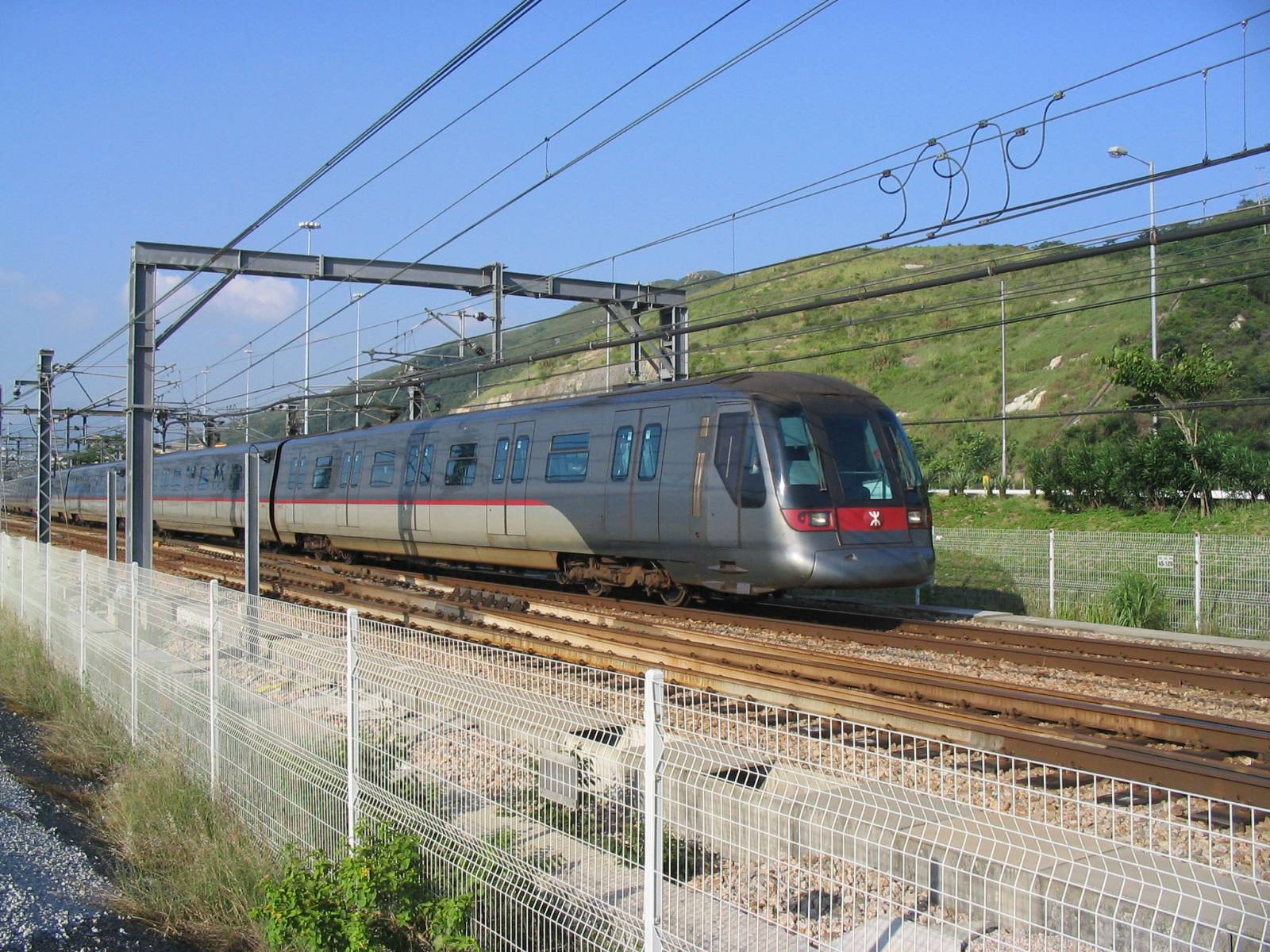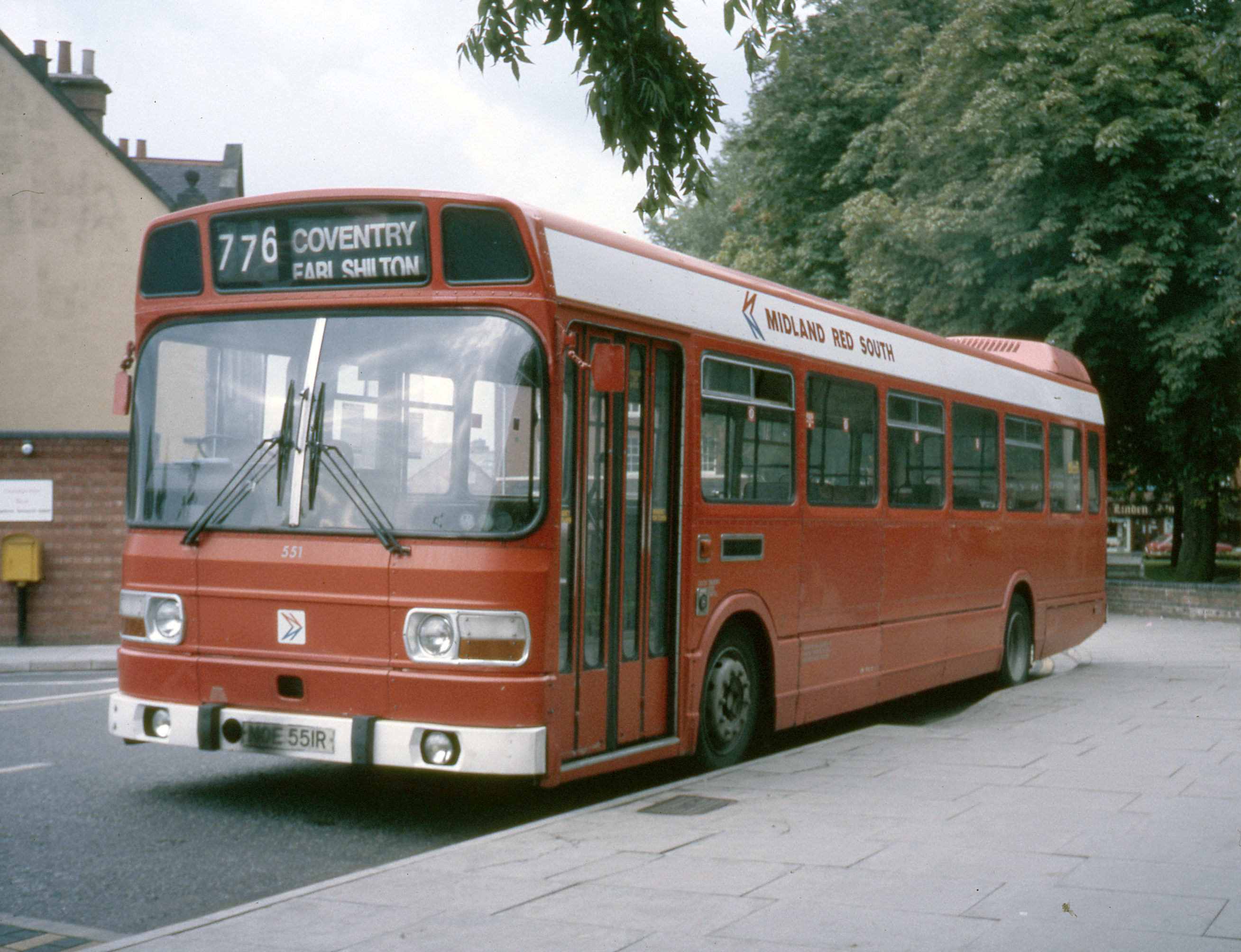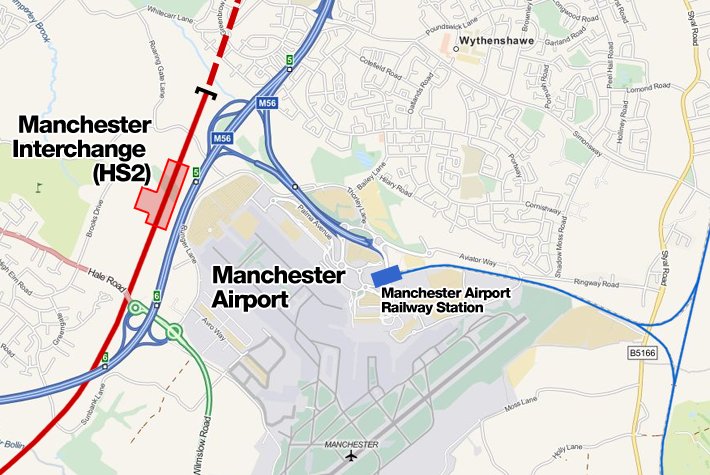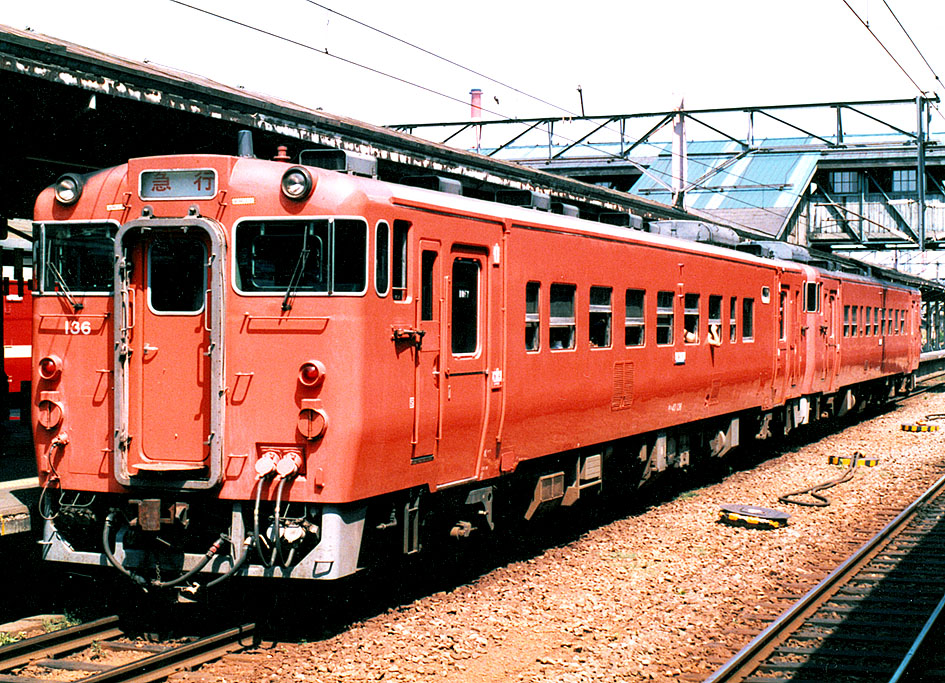|
British Rail Class 195
The British Rail Class 195 is a class of diesel multiple-unit passenger train from the CAF Civity, Civity family manufactured by Construcciones y Auxiliar de Ferrocarriles, CAF, owned by Eversholt Rail Group and currently operated by Northern Trains. A total of 58 units have been built; 25 two-car units and 33 three-car units. The class is almost identical to the British Rail Class 331, Class 331 also produced by CAF, which is the electric version of the Class 195, differing only in traction type and (in some units) vehicle formation. They were first introduced on 1 July 2019, entering service with the previous operator Arriva Rail North on the Manchester Airport railway station, Manchester Airport and Liverpool Lime Street via Warrington Central railway station, Warrington, and Manchester Airport to Barrow-in-Furness railway station, Barrow-in-Furness routes. The final 195 unit entered service in December 2020 and all 58 units work across most non-electrified routes across the ... [...More Info...] [...Related Items...] OR: [Wikipedia] [Google] [Baidu] |
Construcciones Y Auxiliar De Ferrocarriles
Construcciones y Auxiliar de Ferrocarriles (Grupo CAF, ) is a Spanish publicly listed company which manufactures railway vehicles and equipment and buses through its Solaris Bus & Coach subsidiary. It is based in Beasain, Basque Autonomous Community, Spain. Equipment manufactured by Grupo CAF includes light rail vehicles, rapid transit trains, railroad cars and locomotives, as well as variable gauge axles that can be fitted on any existing truck or bogie. Over the 20 years from the early 1990s, CAF benefited from the rail investment boom in its home market in Spain to become a world player with a broad technical capability, able to manufacture almost any type of rail vehicle. CAF has supplied railway rolling stock to a number of major public transport, urban transit operators around Europe, the US, South America, East Asia, India, Australia and North Africa. History ''CAF'' was an acronym for the earlier name of ''Compañía Auxiliar de Ferrocarriles'', as well as for ''Constr ... [...More Info...] [...Related Items...] OR: [Wikipedia] [Google] [Baidu] |
Automatic Warning System
Automatic Warning System (AWS) is a railway safety system invented and predominantly used in the United Kingdom. It provides a train driver with an audible indication of whether the next Railway_signal, signal they are approaching is clear or at caution. Depending on the upcoming signal state, the AWS will either produce a 'horn' sound (as a warning indication), or a 'bell' sound (as a clear indication). If the train driver fails to acknowledge a warning indication, an emergency brake application is initiated by the AWS; if the driver correctly acknowledges the warning indication, by pressing an acknowledgement button, then a visual 'sunflower' is displayed to the driver, as a reminder of the warning. Principles of operation AWS is a system based on trains detecting magnetic fields. These magnetic fields are created by permanent magnets and electromagnets installed on the track. The polarity and sequence of magnetic fields detected by a train determine the type of indication ... [...More Info...] [...Related Items...] OR: [Wikipedia] [Google] [Baidu] |
House Of Commons Of The United Kingdom
The House of Commons is the lower house of the Parliament of the United Kingdom. Like the upper house, the House of Lords, it meets in the Palace of Westminster in London, England. The House of Commons is an elected body consisting of 650 members known as Member of Parliament (United Kingdom), members of Parliament (MPs), who are elected to represent United Kingdom constituencies, constituencies by the First-past-the-post voting, first-past-the-post system and hold their seats until Dissolution of the Parliament of the United Kingdom, Parliament is dissolved. The House of Commons of England began to evolve in the 13th and 14th centuries. In 1707 it became the House of Commons of Great Britain after the Acts of Union 1707, political union with Scotland, and from 1801 it also became the House of Commons for Ireland after the Acts of Union 1800, political union of Great Britain and Ireland. In 1922, the body became the House of Commons of the United Kingdom of Great Britain and No ... [...More Info...] [...Related Items...] OR: [Wikipedia] [Google] [Baidu] |
Department For Transport
The Department for Transport (DfT) is a Departments of the Government of the United Kingdom, ministerial department of the Government of the United Kingdom. It is responsible for the English transport network and a limited number of transport matters in Scotland, Wales, and Northern Ireland that have not been Devolution#United Kingdom, devolved. The department is led by the Secretary of State for Transport. The expenditure, administration, and policy of the Department of Transport are scrutinised by the Transport Committee. Responsibilities The Department for Transport has six strategic objectives: * Support the creation of a stronger, cleaner, more productive economy * Help to connect people and places, balancing investment across the country * Make journeys easier, modern and reliable * Make sure transport is safe, secure and sustainable * Prepare the transport system for technological progress and a prosperous future outside the EU * Promote a culture of efficiency and pro ... [...More Info...] [...Related Items...] OR: [Wikipedia] [Google] [Baidu] |
Pacer (train)
Pacer was the operational name of the British Rail Classes , , , and diesel multiple unit railbuses built between 1980 and 1987. They were inexpensively developed using a passenger body based on the Leyland National bus on top of a chassis based on the HSFV1 research vehicle. The railbuses were intended as a short-term solution to a shortage of rolling stock, with a lifespan of no more than twenty years. As modernised replacements were lacking, the Pacer fleet remained in service on some lines until 2021, 37 years after their 1984 introduction. All Pacer trains were scheduled to be retired by the end of 2019, as the PRM-TSI requires that all public passenger trains must be accessible to disabled people by 2020; however, the Pacer units were given dispensation until the end of 2020. Only one Pacer (the modernised 144e) met this requirement, and the remainder were, therefore, planned to be withdrawn by that date. Furthermore, a decision in 2015 by the Transport Secretary requir ... [...More Info...] [...Related Items...] OR: [Wikipedia] [Google] [Baidu] |
Barrow-in-Furness Railway Station
Barrow-in-Furness (formerly Barrow Pier, Barrow Strand and Barrow Central) is a railway station on the Cumbrian Coast Line and Furness Line, south-west of Carlisle and north-west of Lancaster, in the town of Barrow-in-Furness, Cumbria. It is owned by Network Rail and managed by Northern Trains. History The present station was formerly known as Barrow Central, and at one time it was a terminus for British Rail long-distance or InterCity services. From October 1947 until May 1983 these included sleeper services to and from London Euston. A sleeper service in the London direction only was briefly reintroduced between May 1987 and May 1990. The original Barrow station of 1846 had been a wooden building at Rabbit Hill, near the site of the present St. George's Square. It was eventually replaced in 1863 by a new brick building close by, which had been designed by the Lancaster architect Edward Paley, and which latterly came to be known as Cambridge Hall. On 1 June 1882, the to ... [...More Info...] [...Related Items...] OR: [Wikipedia] [Google] [Baidu] |
Warrington Central Railway Station
Warrington Central is one of three main railway stations serving the town of Warrington in Cheshire, England. It is located on the southern route of the Liverpool to Manchester Lines, the former Cheshire Lines Committee route between Liverpool and Manchester; the station is situated approximately halfway between the two cities. The second station in the town is , which accommodates electrified lines on the West Coast Main Line with services to , , and . The third is Warrington West railway station, Warrington West, which opened in 2019 and is on the same line as Warrington Central. History The station opened as Warrington on 1 August 1873 when the Cheshire Lines Committee opened the line between and to passengers. The suffix Central was added in 1875. Passenger station The station is located on a raised embankment on the eastern side of where the line crosses Winwick Street, on the northern edge of the town centre. The Cheshire Lines Committee (CLC) 1865 plan had Warringto ... [...More Info...] [...Related Items...] OR: [Wikipedia] [Google] [Baidu] |
Liverpool Lime Street
Liverpool Lime Street is a railway station complex located on Lime Street, Liverpool, Lime Street in Liverpool city centre. Although publicly a single, unified station, it is operationally divided into two official railway stations: Liverpool Lime Street High Level, the main station serving the city centre of Liverpool and the oldest still-operating grand terminus mainline station in the world; and Liverpool Lime Street Low Level, an underground Wirral line station (part of the List of underground stations of the Merseyrail network, Merseyrail network) connected to the main terminal building by a pedestrian subway below street-level. Despite their operational distinctions, both stations are integrated from a passenger perspective, sharing signage, access points and overall station identity. Lime Street High Level is one of 18 stations managed by Network Rail, while Lime Street Low Level is managed directly by the train operator, Merseyrail. A branch of the West Coast Mai ... [...More Info...] [...Related Items...] OR: [Wikipedia] [Google] [Baidu] |
Manchester Airport Railway Station
Manchester Airport station is a railway, tram, bus and coach station at Manchester Airport, England which opened at the same time as the second air terminal in 1993. The station is south of Manchester Piccadilly station, Manchester Piccadilly, at the end of a short branch from the Styal line via a triangular junction between Heald Green railway station, Heald Green and Styal railway station, Styal stations. Manchester Metrolink tram services were extended to the airport in 2014 and operate to Manchester Victoria station, Manchester Victoria. Description The station is south of at the end of a short branch from the Styal Line constructed by British Rail in 1993. A branch of Manchester Metrolink runs into it. It is accessed via a triangular junction located between and . The station platforms are connected by escalator, lift, ramps and an elevated covered walkway (known as the "Sky Link") to the airport terminal buildings in which is a staffed railway ticket office. Throughout ... [...More Info...] [...Related Items...] OR: [Wikipedia] [Google] [Baidu] |
Arriva Rail North
Arriva Rail North Limited, branded as Northern by Arriva, was a train operating company in Northern England which began operating the Northern franchise on 1 April 2016 and inherited units from the previous operator Northern Rail. A subsidiary of Arriva UK Trains, Northern was the largest train franchise in the United Kingdom in terms of the size of the network and the number of weekly services run. Its trains called at 528 stations, about a quarter of all stations in the country; of these stations 476 were operated by Northern. On 1 March 2020, Arriva Rail North Limited ceased to operate and all operations were handed to HM Government's Operator of last resort, Operator of Last Resort. During the Northern Rail, preceding Northern Rail franchise passenger numbers increased from 73million to 97million between 2004 and 2016 and as a result the new franchise was tendered on a growth basis, allowing for a £500million investment in 101 new-built trains: the Diesel multiple unit, die ... [...More Info...] [...Related Items...] OR: [Wikipedia] [Google] [Baidu] |
British Rail Class 331
The British Rail Class 331 ''CAF Civity, Civity'' is a class of electric multiple unit built by Construcciones y Auxiliar de Ferrocarriles, CAF, owned by Eversholt Rail Group, and currently operated by Northern Trains. A total of 43 units have been built31 three-car units and 12 four-car units. Construction of the trains started in July 2017 and they were phased into service from 1 July 2019. History The announcement of the new trains was made by Arriva UK Trains when it was confirmed that it would become the next operator of the Northern franchise from 1 April 2016. CAF were selected by Arriva as they were the only manufacturer able to produce both new diesel () and electric multiple units from the same platform, the ''CAF Civity, Civity'', thus increasing familiarity for drivers and reducing maintenance costs once in operation. Bombardier Transportation, Bombardier submitted a bid to produce electric units based on their new ''Aventra'' platform, but was unable to offer the ... [...More Info...] [...Related Items...] OR: [Wikipedia] [Google] [Baidu] |
Diesel Multiple-unit
A diesel multiple unit or DMU is a multiple-unit train powered by on-board diesel engines. A DMU requires no separate locomotive, as the engines are incorporated into one or more of the carriages. Diesel-powered single-unit railcars are also generally classed as DMUs. Diesel-powered units may be further classified by their transmission type: diesel–mechanical DMMU, diesel–hydraulic DHMU, or diesel–electric DEMU. Design The diesel engine may be located above the frame in an engine bay or under the floor. Driving controls can be at both ends, on one end, or in a separate car. Types by transmission DMUs are usually classified by the method of transmitting motive power to their wheels. Diesel–mechanical In a diesel–mechanical multiple unit (DMMU), the rotating energy of the engine is transmitted via a gearbox and driveshaft directly to the wheels of the train, like a car. The transmissions can be shifted manually by the driver, as in the great majority of first-gener ... [...More Info...] [...Related Items...] OR: [Wikipedia] [Google] [Baidu] |










